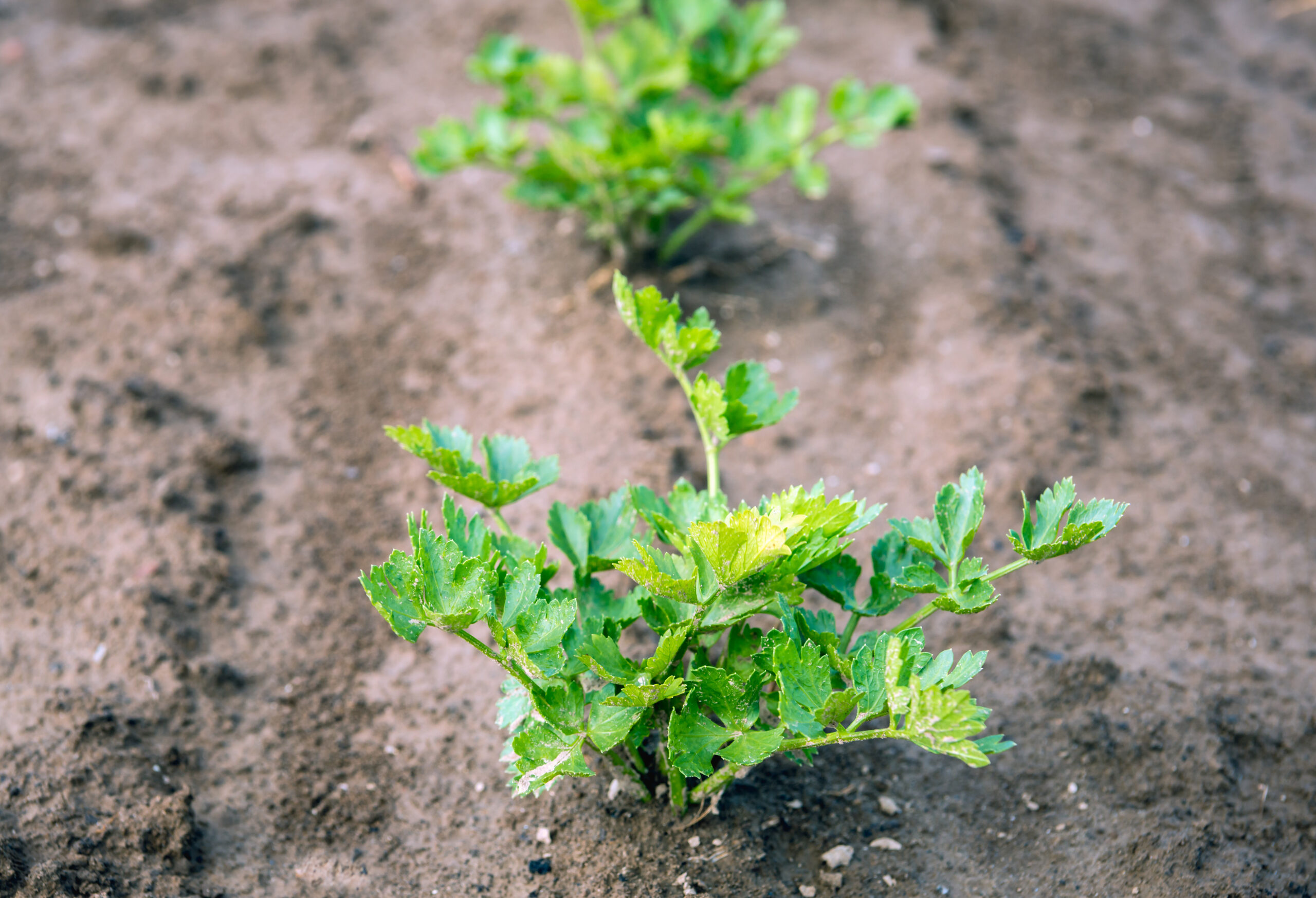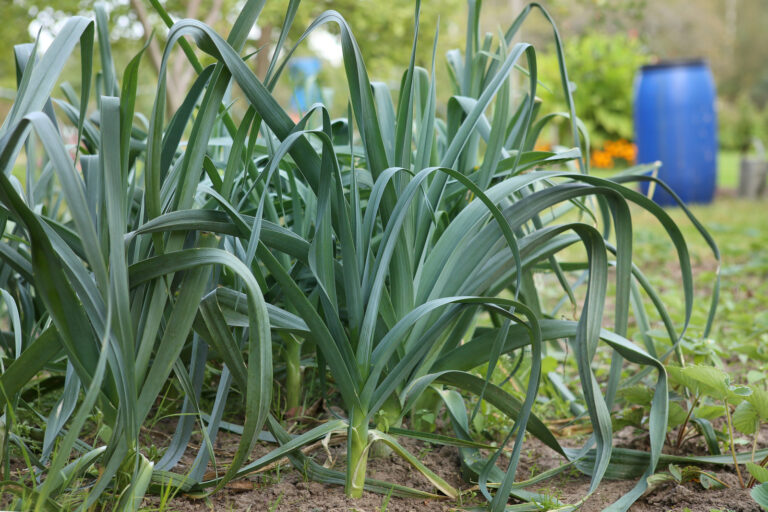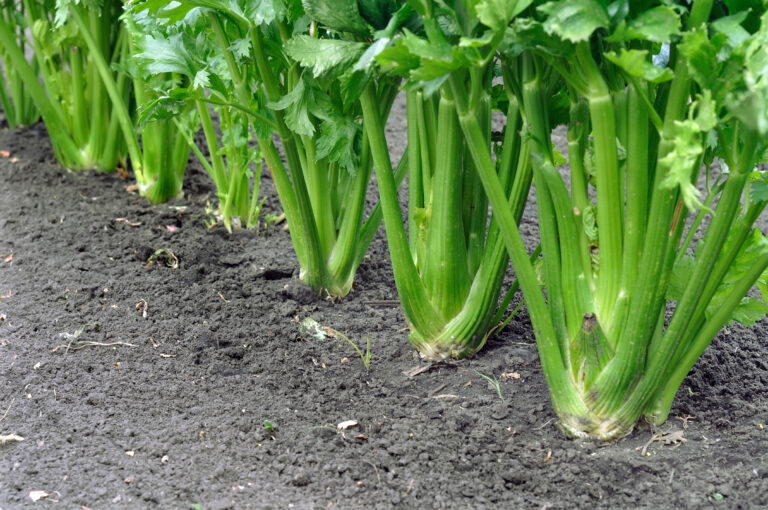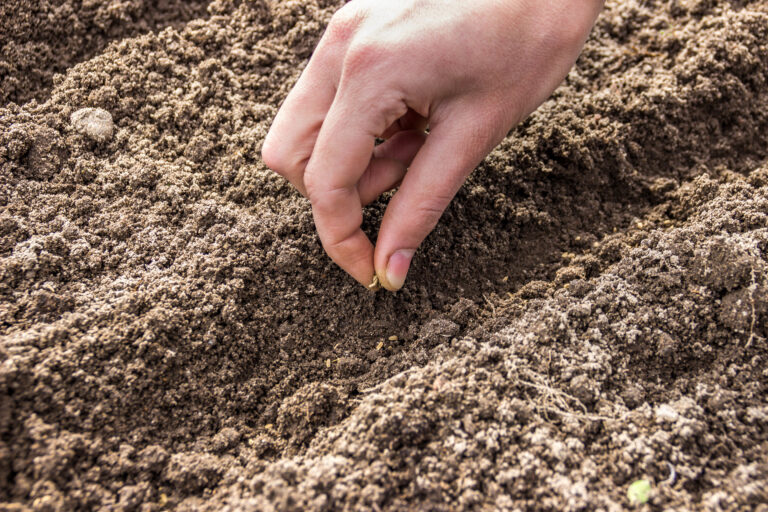Proper Celery Spacing and Planting Layout for Healthy Growth
Celery is a heavy-feeding, moisture-loving vegetable that requires careful spacing to reach its full potential. Over my 30+ years of gardening, I’ve learned that the right planting layout prevents disease, ensures even growth, and produces crisp, tender stalks. Proper spacing also makes watering, feeding, and harvesting much easier. In this guide, I’ll share the best practices for planting celery for maximum yield and health.
Why Spacing Matters
Celery’s shallow roots compete for water and nutrients. Crowded plants can:
- Become stunted or stringy.
- Encourage fungal diseases due to poor airflow.
- Make pest control more difficult.
Maintaining adequate spacing ensures each plant receives enough sunlight, water, and nutrients for optimal growth.
Recommended Celery Spacing
- Between Plants: Space seedlings 6–8 inches apart in rows for standard varieties.
- Between Rows: Maintain 12–18 inches between rows to allow airflow and ease of maintenance.
- For Container Growing: Use 1 plant per 12-inch pot, or 2–3 plants in larger containers.
Tip: Wider spacing works better in hot climates to reduce heat stress and encourage crisp stalks.
Planting Layout Options
1. Traditional Rows
- Space rows 12–18 inches apart with seedlings 6–8 inches apart.
- Best for raised beds or garden rows with drip irrigation.
2. Block Planting (Square Foot Gardening)
- Plant 9–12 seedlings per 3×3-foot block.
- Improves airflow and reduces water runoff.
- Easier to cover with row covers or mulch.
3. Container Layout
- For 12-inch pots, one plant per pot; larger tubs can hold 2–3 plants with 6–8 inches spacing.
- Place containers in a sunny location with consistent watering access.
Planting Tips for Healthy Growth
- Transplant seedlings at the same depth they were in their nursery pots.
- Water thoroughly after planting.
- Apply compost or organic fertilizer around each plant to encourage strong root and stalk development.
- Mulch around plants to maintain soil moisture and suppress weeds.
My Experience Tip
I’ve found that slightly wider spacing than recommended produces the best flavor and tallest, most tender stalks, especially in warm or windy climates. Crowding celery often leads to stringy, bitter stalks and more pest problems.
Final Thoughts
Proper celery spacing and layout are essential for healthy, productive plants. Whether planting in rows, blocks, or containers, giving each plant enough room ensures crisp, flavorful stalks and reduces pest and disease issues throughout the season.
Celery Growing Hub
Start here: The Ultimate Celery Growing Guide: From Seed to Harvest
Celery Basics & Types
- Types of Celery Explained: Pascal, Leaf, and Celeriac Compared
- Best Celery Varieties for Home Gardeners
- Celery vs. Celeriac: Growing, Harvesting, and Cooking Differences
- What You Should Know About Celery Pollination
Planting & Site Prep
- When to Plant Celery by USDA Zone
- Celery Seed Starting Tips
- Direct Sowing Celery: Outdoor Seed Starting Guide
- Proper Celery Spacing and Planting Layout for Healthy Growth
- The Best Companion Plants for Celery and What to Avoid
- How to Grow Celery in Containers or Pots
Care & Maintenance
- How to Water Celery for Crisp, Tender Stalks
- Fertilizing Celery: Feeding Tips for Bigger, Tastier Stalks
- Celery Blanching Techniques: How to Get Tender, Mild Stalks
- Celery Care Throughout the Growing Season
Pests & Diseases
- Common Celery Pests and Diseases How to Control Them Naturally
- Celery Growing Problems: Troubleshooting
Harvest & Beyond




